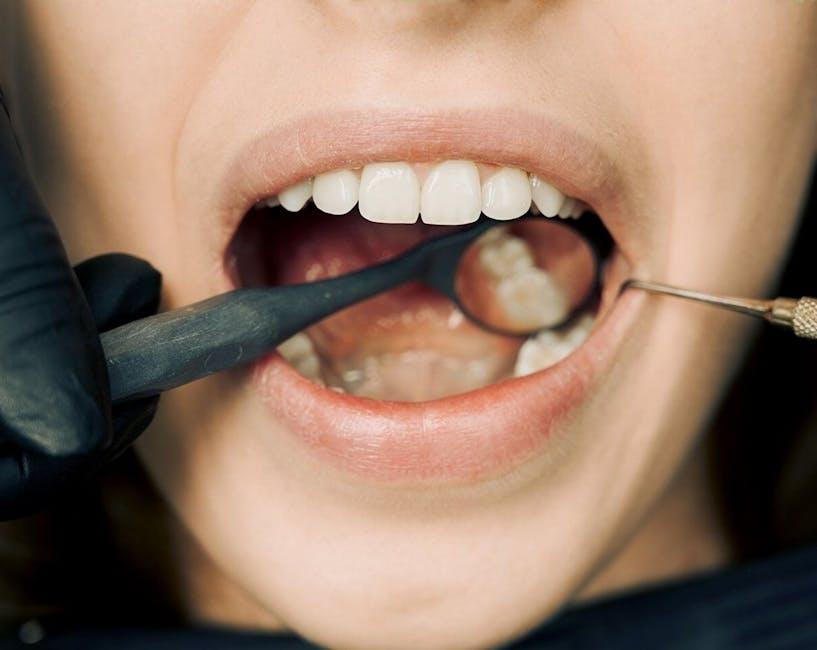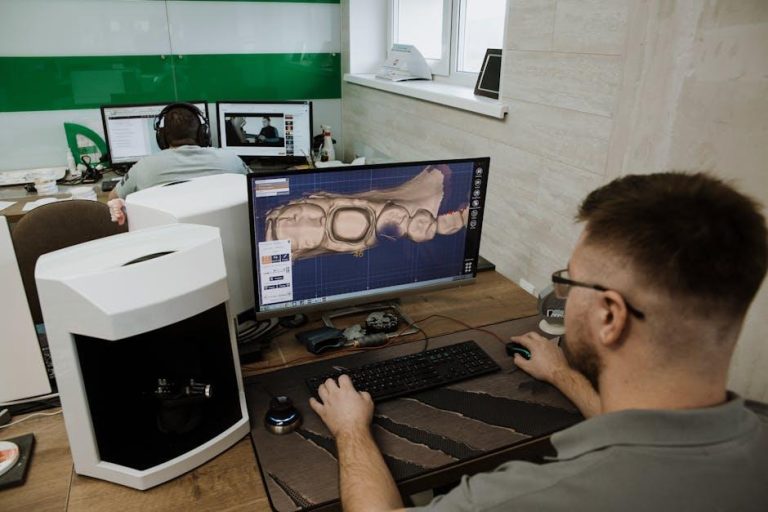
Dental CAD-CAM Market to Grow by USD 845.8 Million (2024-2028), Driven by Rising Demand for Cosmetic Dental Surgeries and AI-Driven Market Transformation – Technavio
The Dental CAD-CAM market is poised for significant growth, expected to expand by USD 845.8 million from 2024 to 2028, fueled by the surging demand for cosmetic dental surgeries and revolutionary advancements in artificial intelligence (AI). According to a recent report by Technavio, this growth trajectory highlights how digital innovation is transforming dental care and improving patient outcomes globally.
Understanding Dental CAD-CAM Technology
Dental CAD-CAM (Computer-Aided Design and Computer-Aided Manufacturing) technology enables precise design and manufacturing of dental prosthetics like crowns, bridges, implants, and veneers using digital systems. This innovative approach has dramatically reduced the time and complexity involved in dental restorations, allowing for more accurate, durable, and aesthetically appealing results.
Key Market Drivers
The growth of the Dental CAD-CAM market from 2024 to 2028 can be attributed to several dynamic factors:
- Rising demand for cosmetic dental surgeries: An increasing number of patients seek cosmetic treatments such as teeth whitening, veneers, and orthodontic enhancements, driving the need for advanced CAD-CAM solutions.
- Integration of AI technologies: Artificial intelligence is streamlining design workflows, improving predictive analytics for treatment planning, and enabling smarter automation within dental labs and clinics.
- Technological advancements: Continuous improvements in scanning accuracy, 3D printing, and digital imaging enhance the reliability of CAD-CAM systems.
- Growing aging population: More seniors require restorative and cosmetic dental procedures, increasing demand for CAD-CAM manufactured appliances.
- Increased adoption in developing economies: Expanding healthcare infrastructure and growing awareness in emerging markets contribute to regional growth opportunities.
How AI is Transforming the Dental CAD-CAM Market
Artificial intelligence is rapidly revolutionizing the dental CAD-CAM landscape in the following ways:
- Automated design optimization: AI algorithms improve design precision by analyzing complex anatomical data to customize restorations.
- Faster turnaround times: Machine learning accelerates treatment planning, reducing patient wait times.
- Predictive maintenance: AI can monitor equipment performance and suggest maintenance proactively, minimizing downtime.
- Enhanced patient outcomes: AI-driven software enhances diagnostics, enabling more conservative and effective treatments.
Market Forecast: 2024-2028
The Technavio report projects a robust growth rate for the Dental CAD-CAM market over the next five years. Below is a summarized forecast table showcasing expected market metrics:
| Year | Market Value (USD Million) | Projected Growth Rate (%) |
|---|---|---|
| 2024 | 1,200 | – |
| 2025 | 1,360 | 13.3% |
| 2026 | 1,520 | 11.8% |
| 2027 | 1,770 | 16.4% |
| 2028 | 2,045.8 | 15.5% |
Benefits of Adopting Dental CAD-CAM Solutions
Healthcare providers integrating CAD-CAM technology enjoy multiple benefits that enhance both clinical practice and patient satisfaction:
- Improved accuracy and fit: CAD-CAM ensures restorations are perfectly tailored, reducing adjustments and remakes.
- Reduced procedure time: Digital workflows speed up design and fabrication vs. traditional methods.
- Greater patient comfort: Digital impressions eliminate the discomfort of conventional molds.
- Cost efficiency: Less manual labor and material waste lower overall expenses for clinics and labs.
- Customizability and aesthetics: Advanced materials and precise designs produce natural-looking results.
Practical Tips for Dental Clinics Implementing CAD-CAM
For clinics planning to adopt or upgrade Dental CAD-CAM technology, consider the following:
- Invest in staff training: Ensure dental technicians and clinicians are well-versed in operation and maintenance.
- Choose AI-integrated platforms: Opt for systems offering AI-enhanced design capabilities for superior outcomes.
- Regularly update software and hardware: Stay ahead with the latest versions to benefit from innovations.
- Collaborate with dental labs: Establish smooth communication channels for seamless design-to-fabrication workflows.
- Gather patient feedback: Use insights to improve service delivery and technology use.
Case Study: AI-Driven CAD-CAM Success Story
SmileCraft Dental Clinic, located in New York, adopted an AI-enhanced dental CAD-CAM system in early 2023. Since deployment, they have reported:
- A 30% reduction in restoration fabrication time
- Increased patient satisfaction scores related to comfort and aesthetics
- Decreased need for follow-up adjustment appointments by 25%
- Streamlined digital workflows allowing dentists to focus more on patient care rather than manual design
This experience underlines the transformative impact combining AI with digital dentistry can have on both clinical efficiency and patient experience.
Conclusion
The Dental CAD-CAM market is on a strong growth path, expected to increase by USD 845.8 million between 2024 and 2028, largely powered by the rising demand for cosmetic dental procedures and AI-driven technological advancements. For dental professionals and investors alike, embracing these innovations represents an opportunity to elevate dental care quality, reduce operational costs, and meet growing patient expectations in the evolving landscape of digital dentistry.
As this market expands, staying updated with cutting-edge CAD-CAM and AI integrations will be crucial for dental clinics, labs, and manufacturers aiming to capitalize on these trends. The future of dentistry is digital, smart, and patient-focused—driven by innovation and powered by technology.


